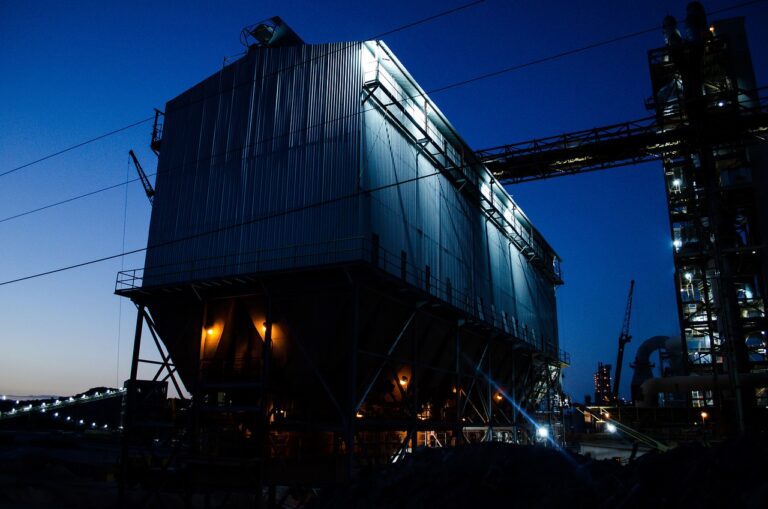The Role of Building Materials in Developing Eco-Friendly Outdoor Performance Stage Structures: Business Considerations: Betbhai9 sign up, Playexchange login, Lotus365 vip login
betbhai9 sign up, playexchange login, lotus365 vip login: The Role of Building Materials in Developing Eco-Friendly Outdoor Performance Stage Structures: Business Considerations
Are you a business owner or event planner looking to create a stunning outdoor performance stage? In today’s environmentally conscious world, building materials play a significant role in developing eco-friendly structures that not only look impressive but also reduce your carbon footprint. Let’s explore the importance of choosing sustainable materials for outdoor stage construction and how it can benefit your business.
Why Choose Eco-Friendly Building Materials?
1. Sustainability: Eco-friendly building materials are sourced and produced in ways that have minimal impact on the environment. By choosing sustainable materials, you can contribute to reducing deforestation, pollution, and waste.
2. Energy Efficiency: Many eco-friendly materials are designed to improve energy efficiency, helping you save on heating, cooling, and electricity costs in the long run.
3. Durability: Sustainable materials are often more durable and long-lasting than traditional building materials, reducing the need for frequent repairs and replacements.
4. Health Benefits: Eco-friendly materials are free from harmful chemicals and toxins, creating a healthier indoor environment for performers and audience members.
5. Eco-Friendly Image: Building an eco-friendly outdoor performance stage can enhance your business’s reputation and attract environmentally conscious clients and customers.
Business Considerations for Eco-Friendly Structures
1. Cost: While eco-friendly building materials may have a higher initial cost, they can offer long-term savings in terms of energy efficiency and maintenance.
2. Regulations: Be sure to check local building codes and regulations to ensure that your outdoor stage meets environmental standards.
3. Marketing Opportunities: Highlighting the sustainability of your outdoor performance stage in your marketing efforts can attract eco-conscious clients and differentiate your business from competitors.
4. Green Certifications: Consider obtaining green certifications for your structure, such as LEED or BREEAM, to showcase your commitment to sustainability.
5. Collaboration: Work closely with architects, engineers, and contractors who have experience in eco-friendly construction to ensure that your outdoor stage meets your sustainability goals.
6. Long-Term Benefits: Investing in eco-friendly building materials for your outdoor performance stage can result in long-term cost savings, improved brand image, and a positive impact on the environment.
FAQs
Q: Are eco-friendly building materials more expensive than traditional materials?
A: While eco-friendly materials may have a higher initial cost, they can offer long-term savings in terms of energy efficiency and maintenance.
Q: How can I ensure that my outdoor performance stage meets environmental standards?
A: Check local building codes and regulations, collaborate with experienced professionals, and consider obtaining green certifications for your structure.
Q: What are some examples of eco-friendly building materials for outdoor stages?
A: Examples include reclaimed wood, bamboo, recycled steel, and energy-efficient insulation materials.
In conclusion, incorporating eco-friendly building materials into your outdoor performance stage construction can benefit your business in terms of sustainability, cost savings, and brand image. By making environmentally conscious choices, you can create a stunning and sustainable stage that will impress performers and audience members alike.







